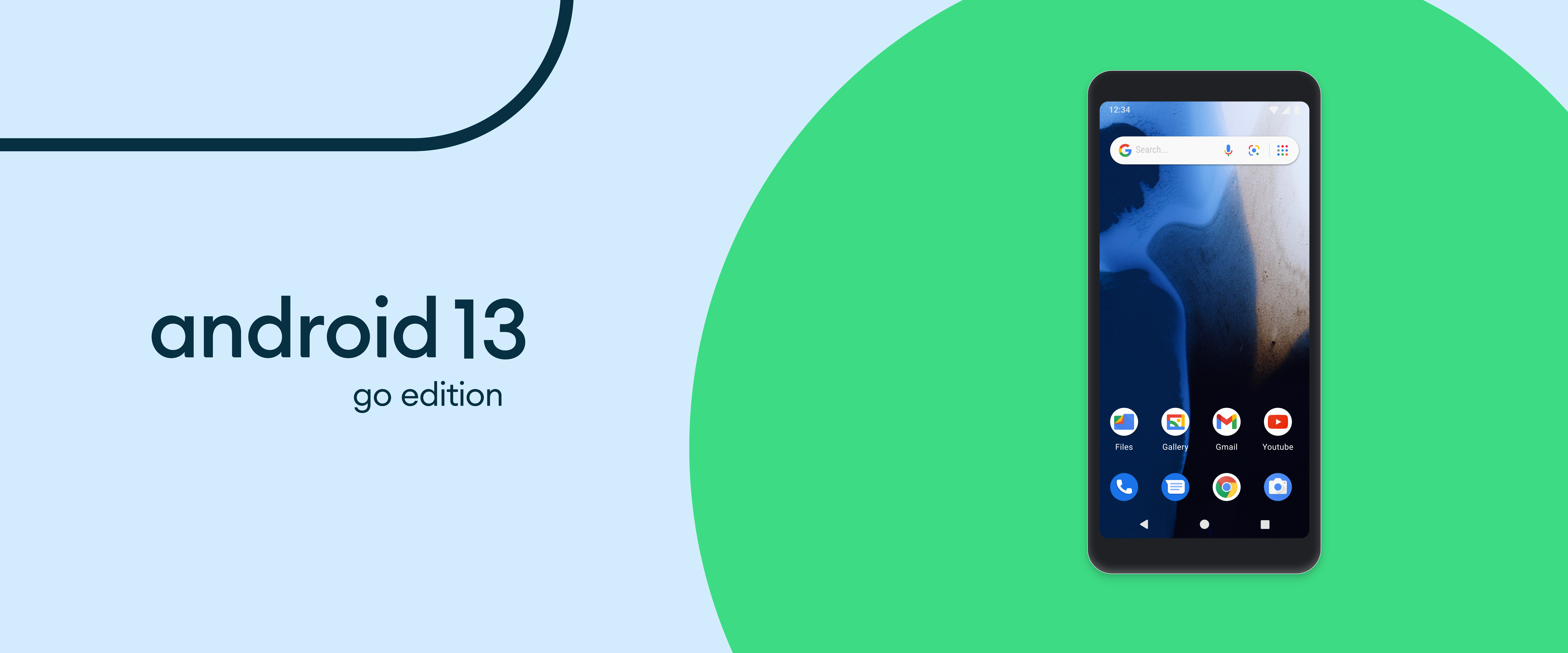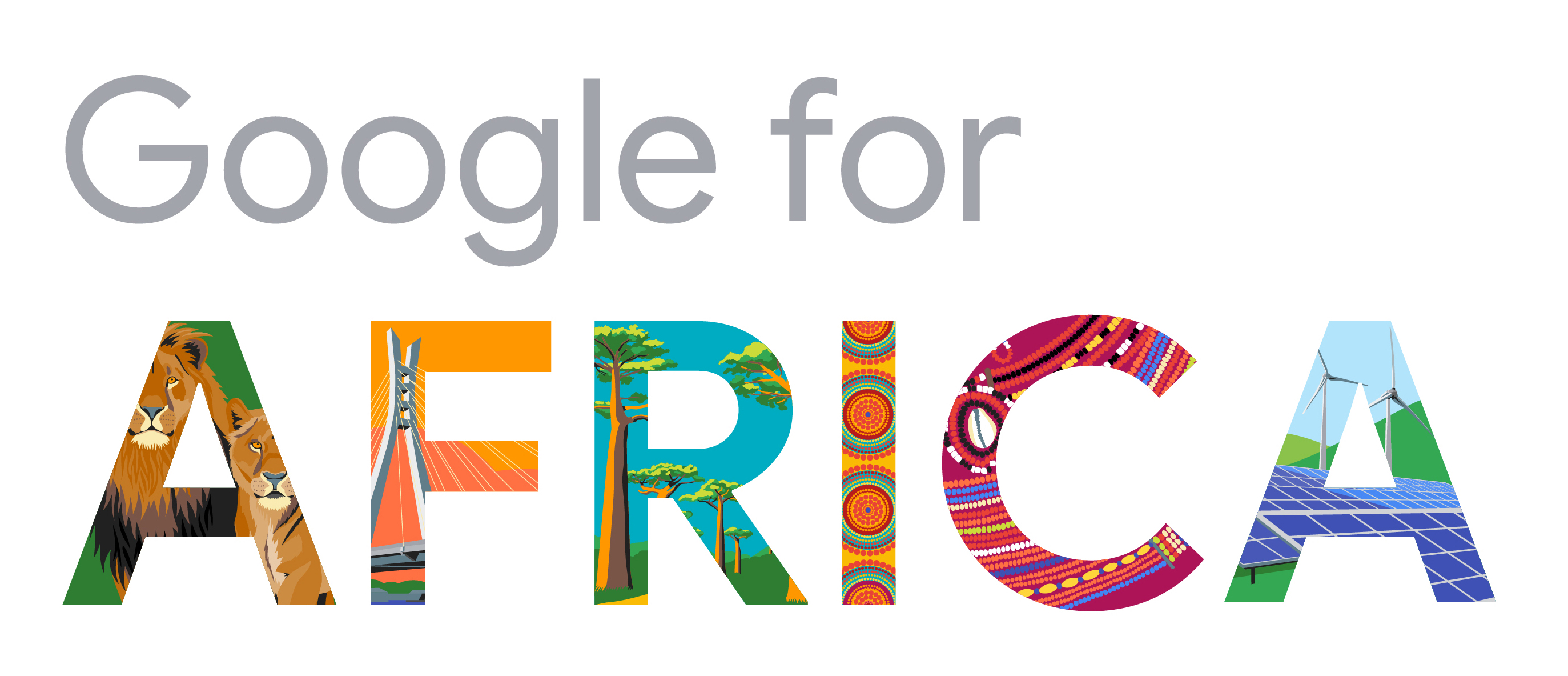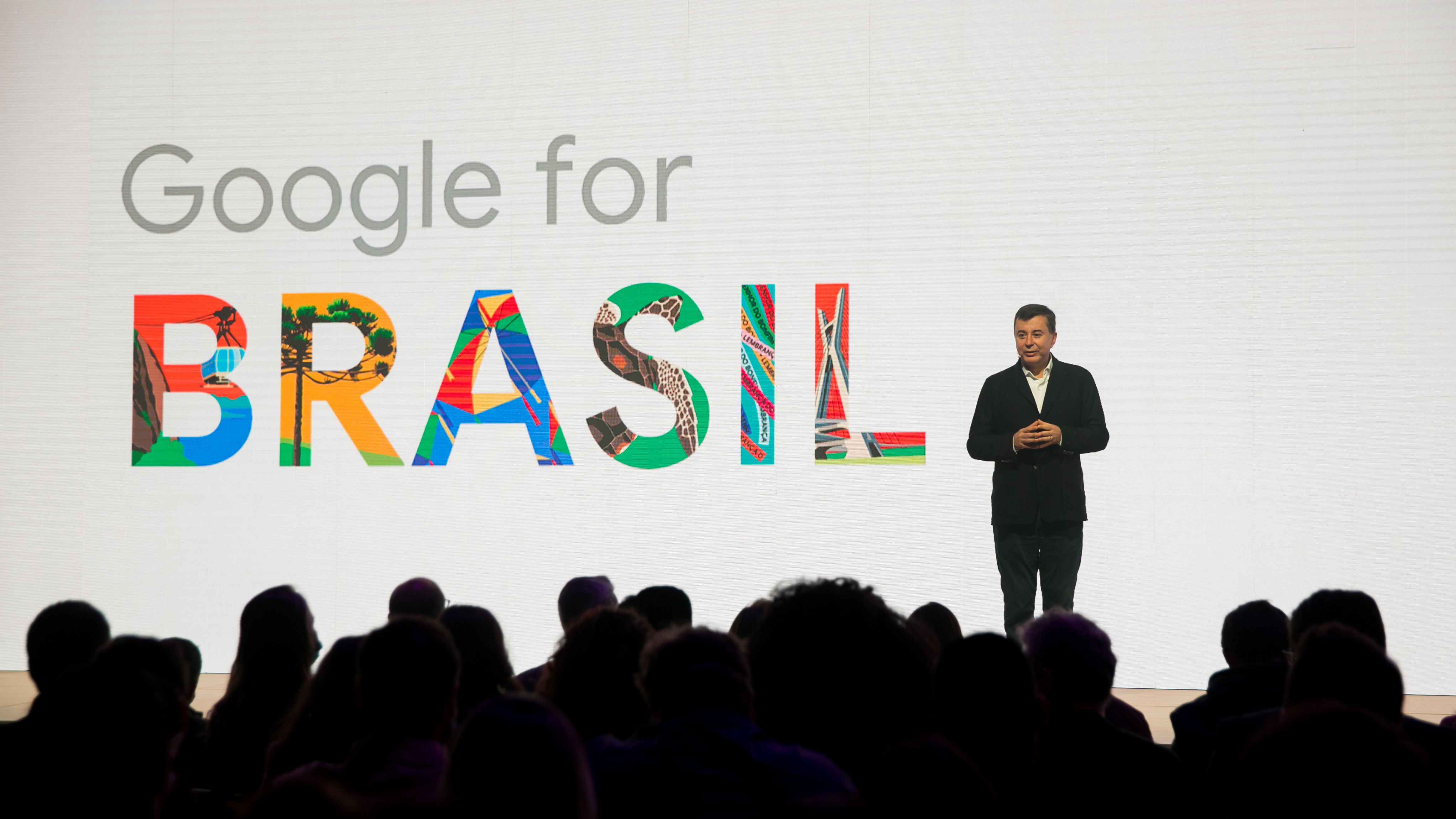The next billion users are the future of the internet
In the late 1990s, I moved from Delhi to Stanford for a master’s degree in computer science. Getting off the plane in San Francisco, I was ecstatic about the amazing computing power, lightning-fast internet and easy access to knowledge available at an American university. Back home, most people across Asia could only get online at an internet café or over dial-up modems, and internet speeds weren’t great. Computing power was still a luxury.
Today more than 3 billion people, more than half of them in Asia, own smartphones—devices many times more powerful than those top-of-the-line workstations at Stanford I was so excited to use. But despite this huge shift, many of us in the tech industry often find ourselves stuck in a previous way of thinking, where we assume that “computing” is something that starts with the privileged few in places like Silicon Valley and trickles down slowly to everyone else.
This isn’t just an old idea, but one that has become completely wrong.
The future of the internet is in the hands of the next billion users—the latest generation of internet users to come online on smartphones in places like Brazil, China, India, Indonesia and Nigeria. As time goes on, the average internet user will be more like these “next billion users” than the first billion who started on PCs. That means we need to look not at Silicon Valley or London but to places like Sao Paulo, Bangalore, Shanghai, Jakarta and Lagos to truly understand where the internet is going.
The next billion users are already changing the internet in three key ways: a mobile-only mindset, an instinct for ubiquitous computing, and a demand for localized content.
First, let’s start with the mobile-only mindset. Most of the next billion users have never used a PC and may never use one. They don’t think of the internet as something you access with a mouse and a keyboard. A computer is not a terminal where you type in queries. A computer is a smartphone, and it also doubles up as a television, a wallet, a classroom, and a portal for government services. Their expectations on how mobile apps should work is also completely different. When building our India-first, mobile payment app Tez, for example, we focused the app around “people and conversations” rather than the financial features, to reflect familiarities with chat apps. All successful global apps in the future will need to speak the universal design language of people who grew up on mobile phones rather than PCs.
This brings me to the second point: ubiquitous computing. This means having natural interactions with a computer that can hear, see and understand—for example, asking “Do I need an umbrella today in Delhi?” rather than typing “Delhi weather forecast.”
Because the breakthroughs that make ubiquitous computing possible rely on cutting-edge work in artificial intelligence, we tend to think that advances will start in the most prosperous parts of the world and expand from there. But we’ve found with the Google Assistant, for example, that the next billion users adopt cutting-edge technology astonishingly quickly. Since we launched the Google Assistant on the first feature phone in December, the Reliance JioPhones, usage of the Assistant in India has grown six times over the past four weeks. This isn’t just due to many semi-literate or illiterate users, but also the fact that typing is difficult for people who never grew up with a computer keyboard. The next billion users will be the first to truly embrace ubiquitous computing, expecting apps to work in a natural way rather than having to learn all the artificial commands that we did on PCs.
Which brings me to the third way the internet is changing: local languages. There are estimates that web content is more than 50 percent English. Hindi, the #4 language in terms of global speakers, is not even in the top 30 languages for web content. And in countries like India, the generation coming online now is more comfortable in their native language than in English, and so language can be a big blocker to expanding internet access.
You should not have to learn English to use the internet. The next billion users expect more content in their languages. And video is turning out to be the medium where they create and enjoy this content. Anyone can turn on a camera, share stories in their own tongue, and find huge audiences online. YouTube has seen an explosion of non-English content, such as the Telugu film channel TeluguOne, with 1.8 billion views. Going forward, we believe the demand for local content will reverse the language imbalance, leading to an internet more inclusive of the entire world’s language diversity.
At Google, we build technology with these three insights in mind—and we find that they don’t just help the next billion users, but the first billion as well. For example, the Google Maps team built Maps Offline for motorists in India who could not afford the data for navigation while they drive, but now the feature is used across the world, from commuters going through lots of tunnels to tourists visiting a new country.
For a long time, we talked of a “responsibility” to make our technology work for the next billion users. But as the internet follows their lead, serving people in India, Indonesia, Brazil and Nigeria has become necessary for companies that want to stay at the cutting edge of consumer innovation, and the future. The next billion users are not becoming more like us. We are becoming more like them.







